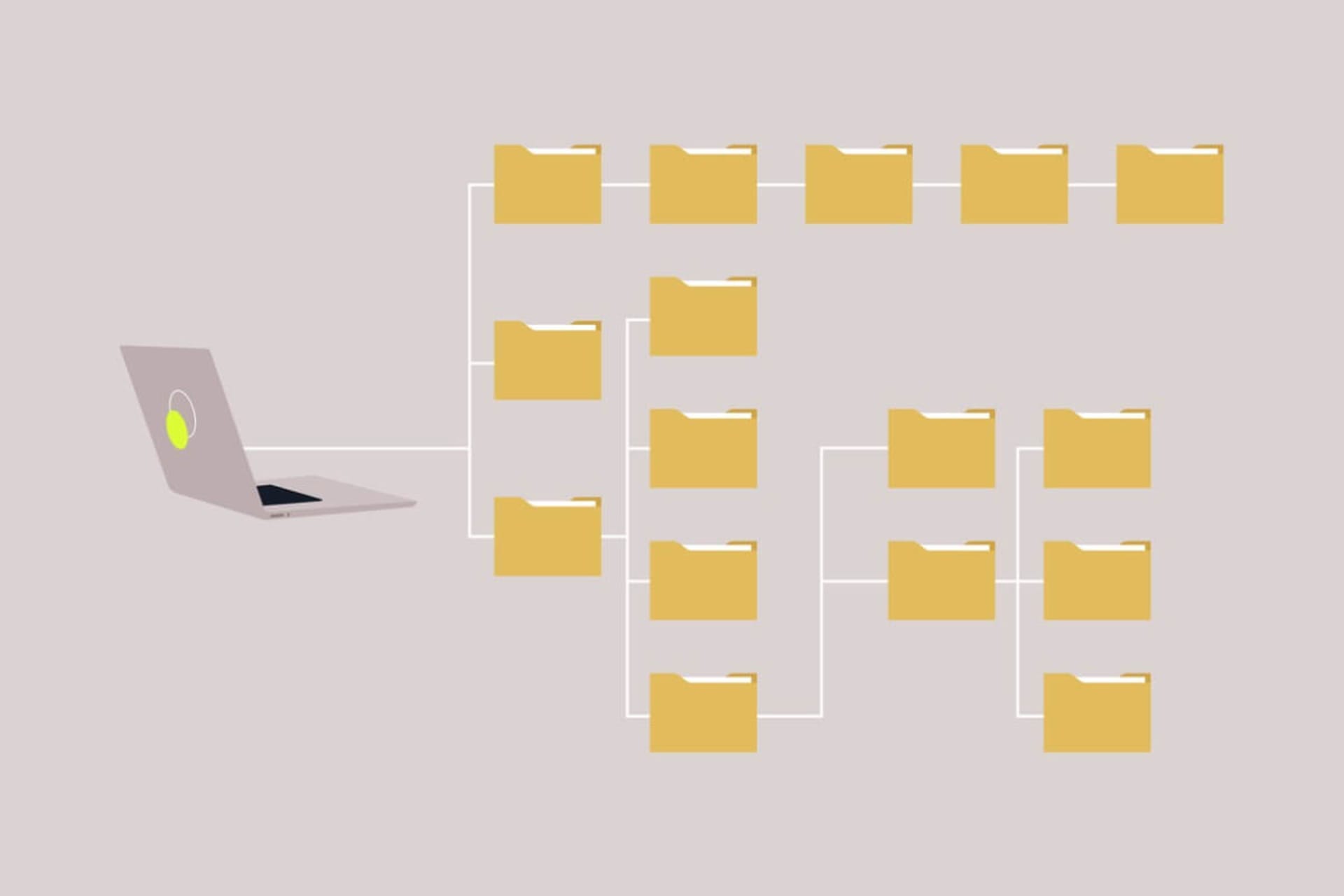Modification. Collaboration. Amendments. Continuous improvement. These are all fundamental aspects of the software development life cycle (SDLC). You’re always looking for ways to make the SDLC easier, more efficient, and more accessible to all team members involved in the project. You also want to ensure that changes always improve the process — introducing further conflict is, of course, problematic.
You may have heard the terms version control system, Git, GitHub, and GitLab. These are important concepts to understand when you’re trying to create a more refined and collaborative development process.
What are Git, GitHub, and GitLab? What’s the difference between GitHub and GitLab? And why are these technologies so important for businesses and developers to understand? Let’s take a look.
Git vs. GitHub vs. GitLab
The names are quite similar, so how do you know the difference between Git, GitHub, and GitLab? Here is a breakdown of what each term and concept means and why it matters.
Git
Companies of all shapes and sizes — from startups to large, well-established corporations — turn to Git as a tool in custom software development. This is an open-source version control system, also known as a VCS, that allows you to save your work and keep track of changes.
Essentially, you will be able to save so-called “snapshots” of your work. If you need to go back to previous versions or histories of your project, you can easily do so, all thanks to Git. In contrast to many other version control systems, you can work on various branch versions all at the same time and merge them.
This is, of course, critical, whether you’re working as part of a large team or a small group of developers — even solo. All your data is stored in case anything goes awry and you need to access a previous version. Plus, Git enables seamless collaboration, allowing developers to work on the project simultaneously without worrying about integrating changes.
GitHub and GitLab
GitHub and GitLab are separate web-based Git repositories. Although commonly confused — largely because of their names — they are owned and operated by different companies: GitHub by Microsoft and GitLab by its eponymous organization. They are each spaces for developers to work on Git projects, collaborate, and share and test their work. Both repositories are constantly evolving and have attracted user bases with millions of members.
There are several overlaps between GitLab and GitHub. These are a few of the qualities they share.
- They offer cloud-based storage.
- They contain issue trackers that allow you to resolve several problems simultaneously.
- They run on Linux servers.
- There are free and paid plans available.
- They offer extensive third-party integrations.
- They support open-source code and projects.
- There are plenty of project management and other tools for developers.
- They utilized mixed-programming models.
GitHub vs. GitLab
GitHub and GitLab are both Git repositories that enable developers to collaborate on, test, and improve their projects. How, then, do they differ? In fact, while they do have some overlaps, they differ on several key points, including their very philosophies.
GitHub is a bit older than GitLab and takes a different approach, focusing on building a strong community and emphasizing collaboration. While there are many integrations and add-ons available, the platform itself is more DIY than its counterpart — GitLab offers numerous DevOps and continuous integration/continuous delivery (CI/CD) features that are built into the repository. In that way, GitLab offers a more complete, all-in-one platform without requiring integrations.
GitLab actually began as an alternative to GitHub, and since then, it has expanded, offering more and more plans and features. It aims to be reliable and comprehensive, while the older repository seeks to emphasize performance and teamwork.
What’s the Difference Between GitHub and GitLab? — Comparisons
Let’s take a closer look at the differences between GitHub and GitLab.
| Quality/Feature | GitHub | GitLab |
| Release Date | 2008 | 2011 |
| Authentication Levels | Role-based | Read/write access determined by the owner/developer |
| Free Version | Public repositories only | Public and private repositories |
| Collaboration | Code is free and available to the public for collaboration | Only GitLab’s web developers can collaborate on code |
| Owner | Microsoft | GitLab |
| Import/Export Features | No | Yes |
| Integrations | Offered by third-party vendors | Built-in |
| Open Source | No | Open core |
| Time Tracking | No | Yes |
| Size of Community | 83 million | 30 million+ |
| Continuous Integration/Continuous Delivery (CI/CD) | Must integrate yourself | CI/CD and DevOps built-in |
| Supports Adding Attachments | No | Yes |
| Private Repository | Free for up to three collaborators | Free |
| Public Repository | Yes | Unlimited for free |
| Branches | Encourages merging new branches utilizing the main branch | Encourages creating multiple branches from the main branch |
| Inner Sourcing | Allowed | Not Allowed |
Pros and Cons of GitHub and GitLab
While considering the differences between GitHub and GitLab, you should also consider the advantages and disadvantages of each of the Git repositories.
GitHub
Pros
- Setup is straightforward
- Strong user interface (UI)
- Encourages easy sharing
- Allows easy remote collaboration and sharing
- The community is enormous
Cons
- GitHub itself is not open source
- Lacks built-in CI/CD
- Less refined API development
- Limited features for free versions
- Only public repositories are free
GitLab
Pros
- The GitLab Community version is free and open source
- Provides extensive documentation for data import/export
- Built-in CI/CD
- New features are constantly being added
- Easy to maintain code
- Tends to be more secure
Cons
- Smaller community than GitHub’s
- Upgrades can be complex
- Users sometimes complain about the interference of bugs
- Less mature than GitHub
While GitHub is arguably the more well-known of the two version control systems, each repository has its place in the development process. Ultimately, when choosing between GitHub and GitLab, it’s important to weigh the pros and cons of the platforms and reflect on your priorities as a developer or development team before making your final selection.






